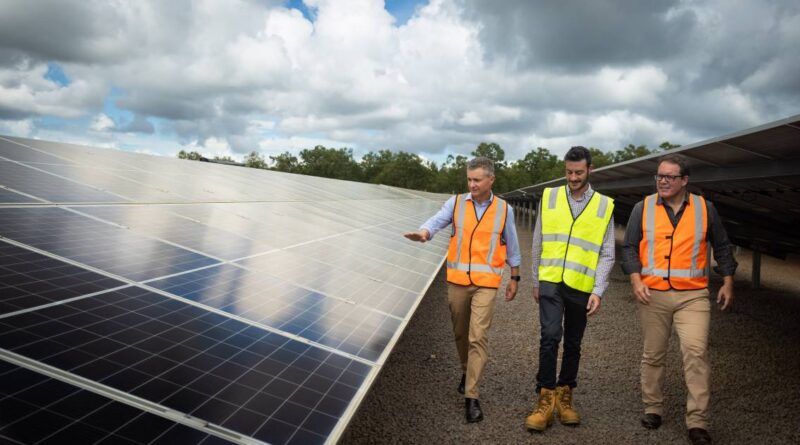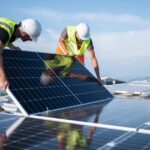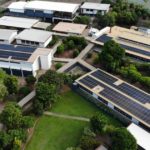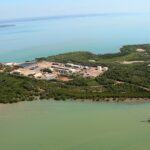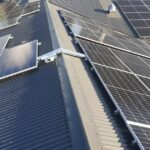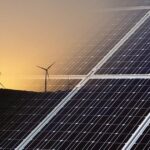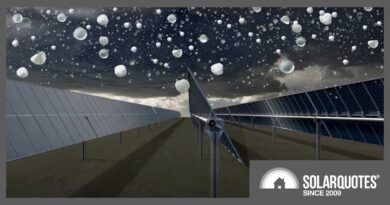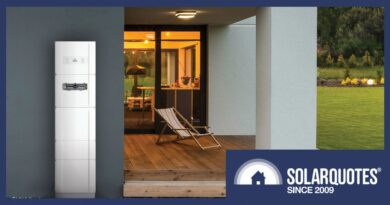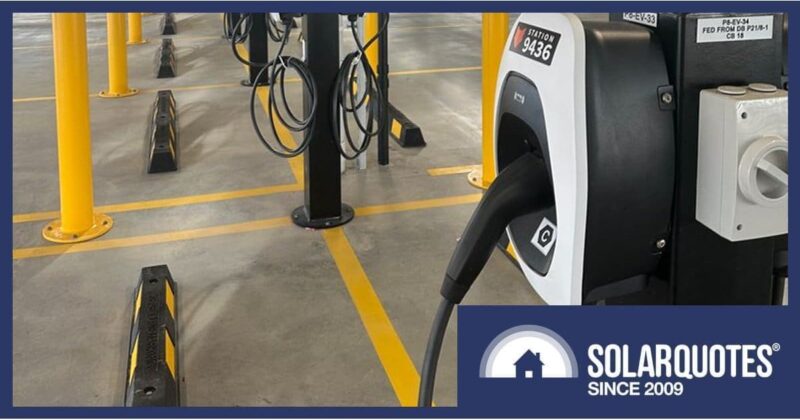Expanded Solar Energy Rollout For Australia’s Defence
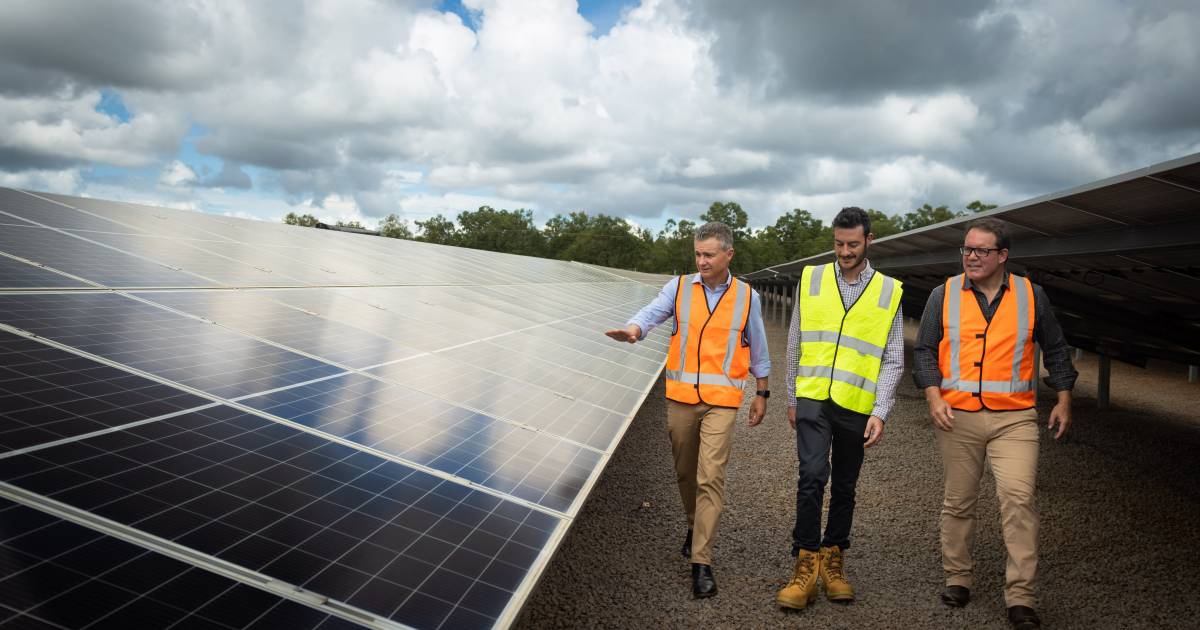
The Albanese Government has announced an investment of $64 million under an expanded commitment to Australia’s Defence Renewable Energy and Energy Security Program.
Under the expanded program, 60 megawatts of solar power capacity along with 25 megawatt-hours of battery energy storage will be delivered at ten Defence sites across the country, with works to continue until 2027-28.
Assistant Minister for Defence Matt Thistlethwaite (above, left) made the announcement during a visit to Robertson Barracks in the Northern Territory yesterday, where an 11 MW solar farm comprising more than 27,000 solar panels and a 2.5 MW(h?) battery system is already under construction and should be operational by the end of this year.
Assistant Minister Thistlethwaite said the Robertson installation will reduce energy costs at the base by 40%. Commenting more broadly on the rollout, he stated:
“This investment helps to take pressure off local energy grids by making Defence facilities more self-reliant. Because renewables are the cheapest form of energy, these upgrades should also reduce energy costs and drive down greenhouse gas emissions.”
A (heavily redacted) brief prepared last year for the incoming Albanese Government indicated Defence was looking to a 43 per cent reduction in greenhouse gas emissions by 2030, and achieving net zero by 2040. In 2020-21, Defence generated approximately 2.18 gigawatt- hours of electricity through various renewable energy installations.
Half of the projects under the expanded program are to occur in the Northern Territory: Larrakeyah, Harts Range, RAAF Tindal, RAAF Darwin and Robertson Barracks. Over in WA, there will be installations at RAAF Bases Curtin and Learmonth, and the Harold E. Holt Naval Communication Station.
In South Australia, Edinburgh Defence Precinct will benefit from a large-scale installation (capacity unknown)1, and there will also be a system installed at Woomera Range Complex. Additionally, design work is to kick off for a solar power system at the Russell Headquarters complex in the ACT.
Building Resilience, Reducing Fossil Fuels, Supporting Jobs
As well as putting a dent in the respective bases’ energy costs and emissions profiles, renewables will boost resilience at the bases and reduce dependency on fuel supply chains for backup power generation. And there will be other benefits.
“The program will support jobs and small businesses in regional communities through delivery, preparation and installation and maintenance as we anticipate their participation in the preparation and delivery of program works,” Minister Thistlethwaite said.
In the case of Robertson, 18 local businesses have been involved in construction.
Trivia: According to Assistant Minister Thistlethwaite, Defence is the largest land owner in Australia and has 70 bases throughout the country. So, there would be no shortage of space for even more solar panels.
Defence’s first large-scale solar power installation was a $4 million project at the Australian Defence Satellite Communications Station near Geraldton, Western Australia in 2019. At the time, the 1.2 megawatt facility was expected to save up to $500,000 per year on electricity costs.
Footnotes
- When the windows at my place are rattling and we have to pause conversation due to activities originating at Edinburgh, it will be some consolation knowing they are doing their bit on renewables. ↩
Original Source: https://www.solarquotes.com.au/blog/australia-defence-solar-mb2837/

